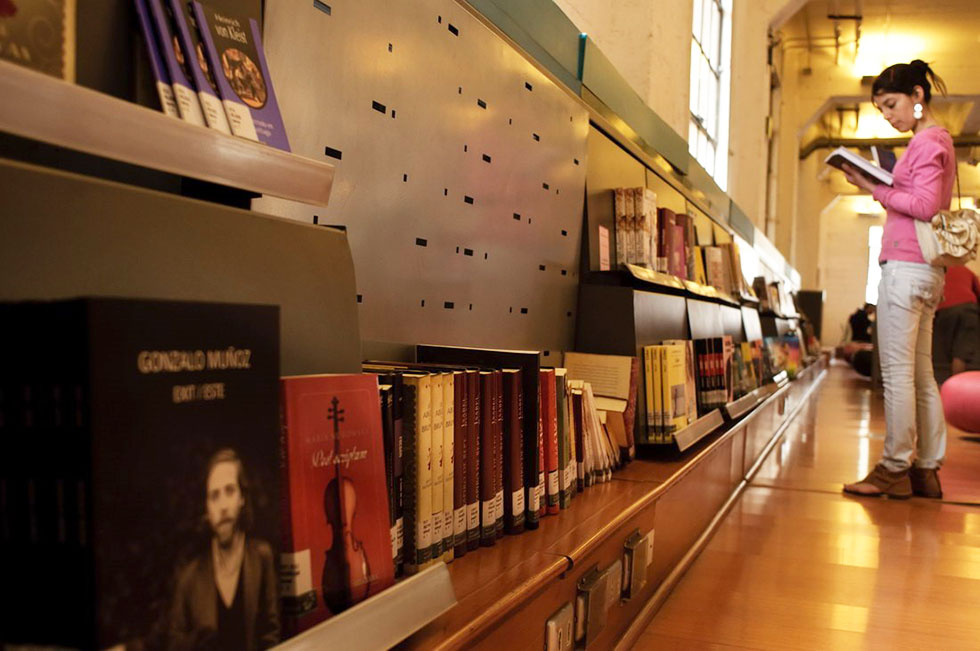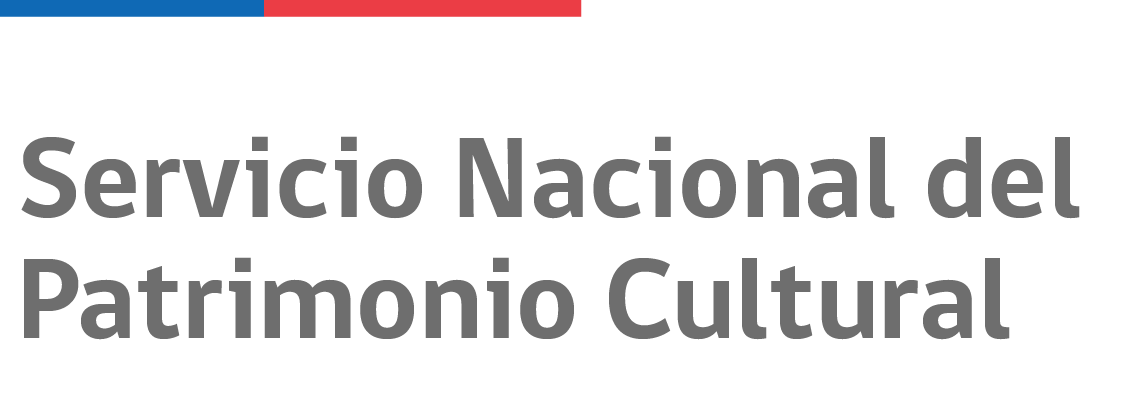
Services:
- Disabled access
- Guided visits
- Public transport
- Parking
Opening times:
Admission:
About the institution
Since opening in 2005, the Santiago Library has emerged as a key center for a broad range of cultural and educational activities as well as serving as a lending library from which some 1,000 books are taken out each day.
The building
The building in which the Library is housed originally served as the warehouses of the State Procurement Service. Shaped like a “U” with four floors and a basement, it was built in four stages between 1928 and 1945 in the Art Deco style. It continued to be used by the State Procurement Service until 1997 when, as part of a program of state modernization, an online government procurement platform was launched.
Services

Santiago Library.
The services offered by the Santiago Library include:
- Reading rooms. The Library has eight reading rooms: Literature Room, General Collections Room, New Acquisitions Room, Children’s Room, Baby’s Room (0-4 years), Young People’s Room, +18 Room and Press and Reference Room. Three of these rooms (Literature, General Collections and +18) also include special study areas.
- Computer literacy program. The Library has three laboratories equipped with a total of 44 computers which, in 2016, were used to offer some 2,000 training sessions.
- Guided visits. In order to foster familiarity with the Library and its use, a program of guided visits is available for schools and other organized groups.Promotion of reading. The Library implements a number of activities to foster the habit of reading. They include a Bibliobús (Library Bus) that visits different districts of Santiago fortnightly. In addition, the Library seeks to encourage the creation of reading groups for whose meetings it provides facilities and it has a special lending program for inmates of the city’s prisons.
- Cultural activities. The Library also has an extensive program of cultural activities implemented in alliance with the community, artists and other institutions. This includes concerts and art and photograph exhibitions as well as a family and children’s theater season during the summer and winter school holidays. In addition, it offers theater and dance groups space for rehearsals in exchange for free workshops that are open to the community.

